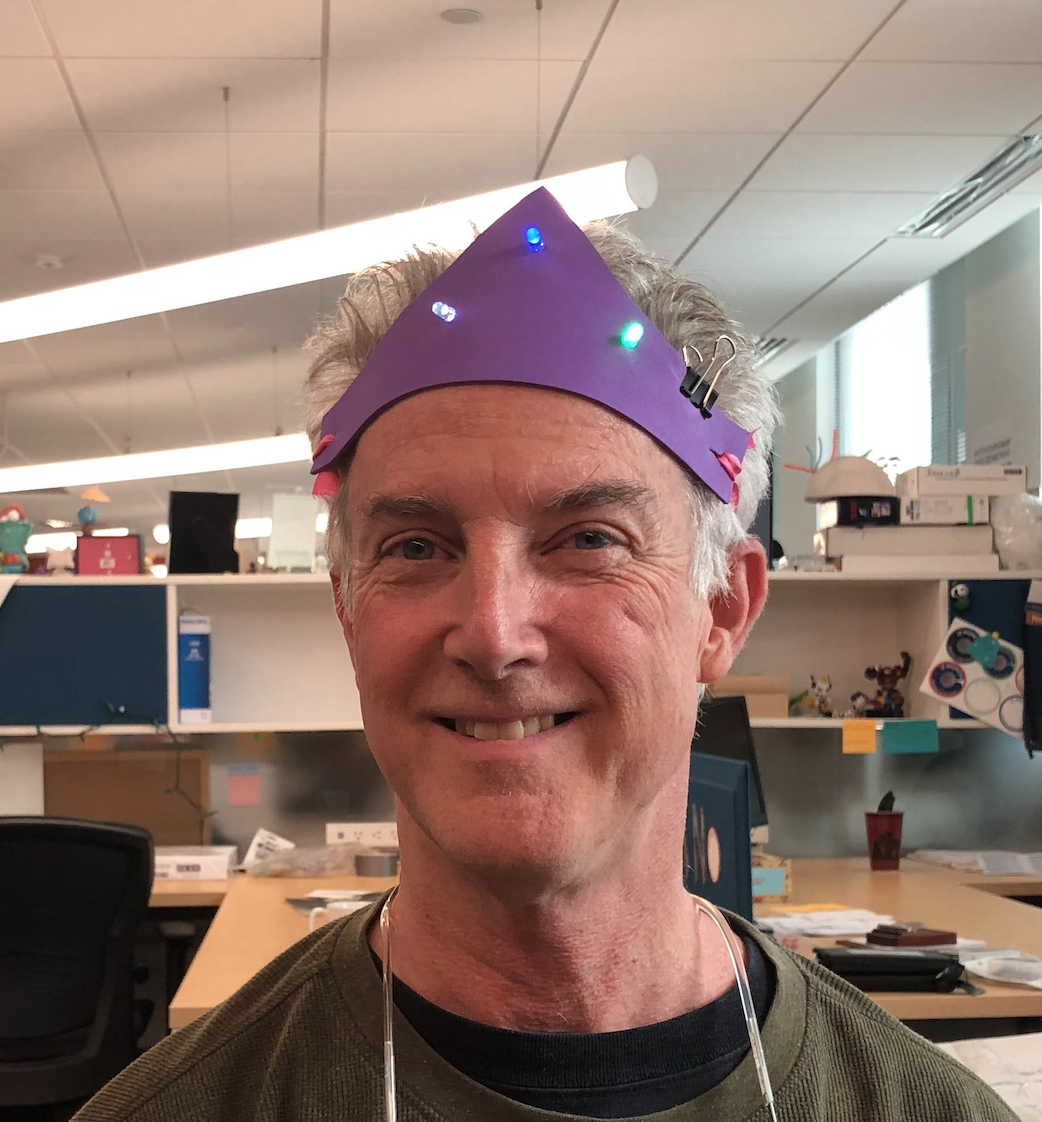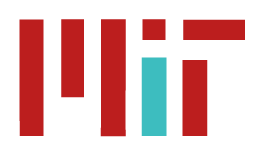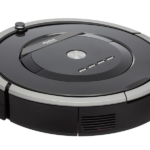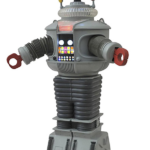
Future-Ready Skills Review
In the Playful Journey Lab, we know we care about future-ready skills. But just what are future-ready skills? Whose job is it to identify and define them? There are myriad frameworks that have been researched and compiled already, and we wanted to collect some of them to inform our assessment and design work. The list David created is not meant to be comprehensive, nor is it necessarily a “best of” list. It is a sampling of the skills that other organizations feel are important for students to build, and it has been thought-provoking for us to consider these lists of skills as a larger collection.
If you’re interested in what future-ready skills are, start by browsing the subset of skills displayed below, and by looking through some of the frameworks in the compendium document. Then, gather some friends and discuss:
- What categories can you group these skills into?
- Why are they useful for work and life in the future?
- What other skills should be represented here?
Honesty
Creativity
Patience
Authentic inquiry
Autonomy
Concentrational focus
Perspective taking
Mindfulness
Vulnerability
Critical thinking
Curiosity
Comfort with ambiguity
Systems thinking
Scientific process
Growth mindset
Ethics
Communicating
Negotiation
Collaboration
Empathy
Network building
Initiative
Self-awareness
Professionalism
Planning and organization
Persistence
Adaptability
Accountability
Strategic vision
Empowerment
Project management
Performance management
Culture development
Learning how to learn
Making
Discovering
Interpersonal skills
Personal skills and attitudes
Creative thinking
Systems thinking
What is a Robot?
One way to think about the skills that are most essential to build for the future is by considering: what will robots do more of, and what will humans still need to do? In order to answer this, we must think through what a robot is exactly. David developed this activity as an introductory element for his robotics course, and to get people thinking more deeply about what defines a robot, and what doesn’t. With a small group or a whole class, use this set of posters, modify the instructions as you see fit, and let the robot debates begin!
Preparation
- Print the Robot Sheets and hang them on the wall.
- Make sure there are sticky notes and pens available.
Warm-Up
- Ask each person to make a list of everything they think of when they hear the word robot.
- Have them share their lists with a partner.
Activity
- Have each person answer the question: Is this a robot? for each item displayed.
- Individually and silently, they should write evidence for their assertion (reasons why or why not) on the sticky side of note. Then stick it to the corresponding Robot Sheet so that the reasoning cannot be seen.
- Make sure everyone has posted an answer for each picture.
Reflection
- For each picture, have one person read through the evidence and announce whether the group decision was YES or NO to the robot question.
- Facilitate discussion around the reasoning, pointing out which ones seem to have agreement and which ones are open to interpretation.
- As you go, start identifying robot attributes and grouping them into categories. As a group, see if you can come up with a definitive list of characteristics something must have to be called a true robot. And conversely, a list of things that disqualify something from being a real robot.





